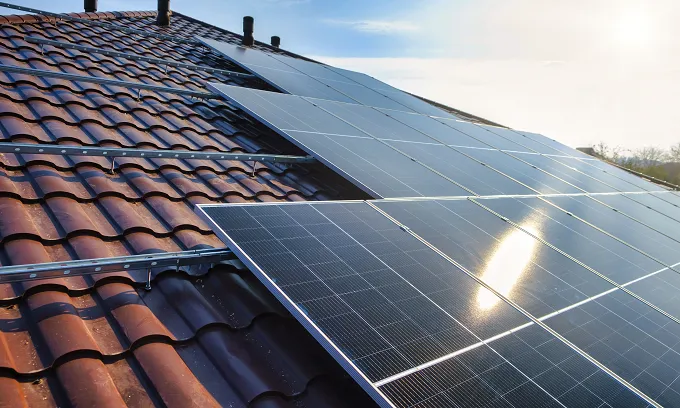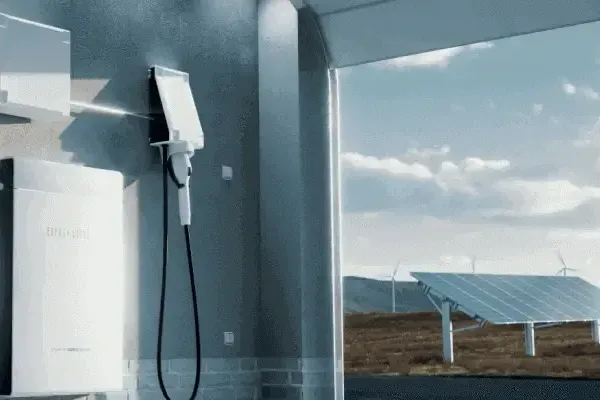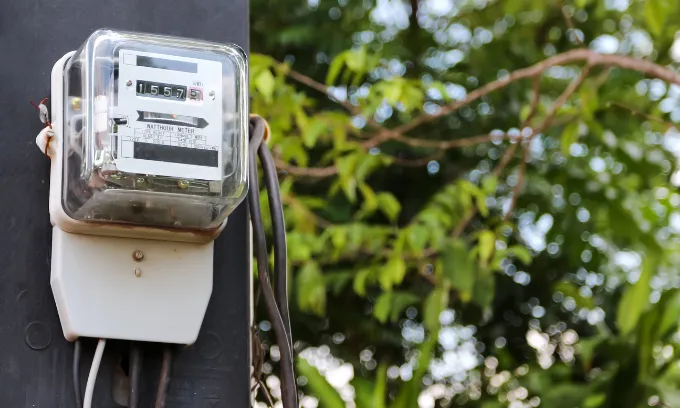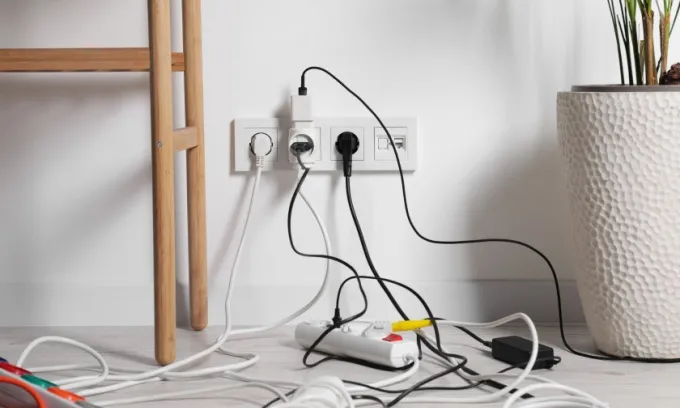The Labor government is launching a game-changing ‘Solar Sharer’ energy offer that will provide free energy to eligible households from next year.
For the first time, homes without rooftop solar will be able to enjoy their share of solar energy without having to foot thousands of dollars upfront, by receiving a minimum of three hours of free energy during the middle of the day when solar generation is at its peak.
The Climate Energy Council (CEC) welcomes this new scheme, hailing it as a “smart, future-focused reform that will help more Australians access cheap renewable energy”.
How does Solar Sharer work?
During the middle of the day, the power grid is typically saturated with solar electricity, as Australia's over four million-strong fleet of rooftop solar panels supplies generated electricity, while demand is also typically at its lowest. Hours of low demand are called ‘off-peak times’.
The Solar Sharer offer, which will be provided by retailers, will provide free electricity to homes signed up to the offer during these off-peak times, thanks to the excess solar electricity.
Who is eligible for the Solar Sharer scheme?
Customers who sign up to this scheme will need to be on the Default Market Offer and have a smart meter installed.
Default Market Offer
The Solar Sharer scheme will be introduced through the Default Market Offer (DMO) on July 1st next year (2026) in NSW, QLD and SA.
The DMO, regulated by the Australian Energy Regulator (AER), reflects the highest price Aussies can be charged for their electricity use. Providers are legally obligated to offer the DMO through standing offer plans.
However, providers can choose to offer Solar Sharer plans cheaper than the DMO but with similar access to free solar electricity.
Smart meter
A smart meter records your exact energy use every five to 30 minutes, sending it to your provider.
If your legacy meter breaks or you’re moving to a new home, your retailer should offer to upgrade you to a smart meter. You can also expedite the process (at a cost) by contacting your provider.
How does this offer help reduce electricity costs?
Be it running your air-conditioner or washing machine, moving energy-intensive habits to the hours where solar electricity is free is a guaranteed way to save on pesky energy bills. However, it can also help improve grid stability.
The grid experiences instability when supply outstrips demand and vice versa, which comes with a rising risk of power outages and appliances short-circuiting.
Consequently, distributors, whose job is to maintain the transmission and power lines, will have to invest more time and money. Inevitably, these increased costs will be reflected in the ‘supply charges’ portion on customers’ power bills.
Supply charges are fixed daily rates you pay to remain connected to the grid. These rates include costs to maintain the grid network.
If all Solar Sharer customers shift their nighttime energy use to the free hours of solar electricity, the pool of surplus solar electricity shrinks in the day and demand plummets at night.
All customers, regardless of whether they’re on the Solar Sharer, can enjoy a stable grid and the benefits that come with it.
Free electricity isn’t an entirely new concept
You’d be surprised to hear that free electricity isn’t unique to Solar Saver, nor is nudging your nighttime energy habits to the day.
Free electricity
If free electricity is too good an offer for you to refuse, several providers are currently offering energy plans with free electricity. Here are some examples:
AGL | Globird | OVO | Red Energy | |
Plan name | Three for free | Freelunch | The Basic Free 3 | Red EV Saver |
States | SA | VIC | NSW,QLD, VIC, SA | NSW, VIC, QLD, SA |
Free electricity hours | 10am - 1pm (3 hours) | 12pm - 2pm (2 hours) | 11am - 2pm (3 hours) | 12pm - 2pm (hours) Only for use to charge your electric vehicle. |
Sources: AGL, Globird, OVO, Red Energy websites. Additional terms and conditions may apply.
However, it’s crucial to ask yourself if you’re willing to defer your late-night energy guzzling to the day. A plan like this only reaps savings if you intend to take advantage of that window of opportunity.
Time of use versus Solar Sharer plan
A time-of-use (ToU) plan charges different electricity rates based on the hours of the day. Simply put, customers pay cheaper rates during the off-peak times in the day and more expensive rates during peak hours at night, when demand is high.
With the ToU tariff, the principle of bringing forward your energy use to the day to save money is fundamentally the same as the Solar Saver. You’ll also need a smart meter to access this time-varying tariff. The only difference is that you don’t have access to free electricity.
Solar sharers aren’t the only way to save
There’s no denying that Solar Sharer is a groundbreaking offer, but that shouldn’t stop you from discovering other ways to save.
At the end of the day, free solar electricity is just one of many levers providers pull to attract new customers. From sign-up bonuses to rewards programs, there’s no shortage of things to consider.
With Canstar’s energy comparison platform, you can start exploring electricity plans from over 20 providers at your address, including ToU plans and single rate plans, where energy rates remain the same throughout the day.
Our platform shows you how much each plan costs yearly based on annual energy use, simplifying the shopping experience.
But if you like to study a plan’s tariff type and rates in greater detail, you can access a plan’s BPID by clicking on the ‘Basic Plan Information’ prompt.








